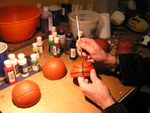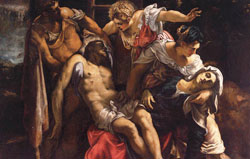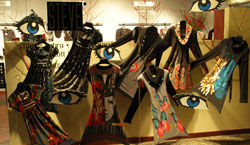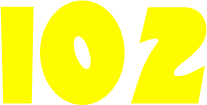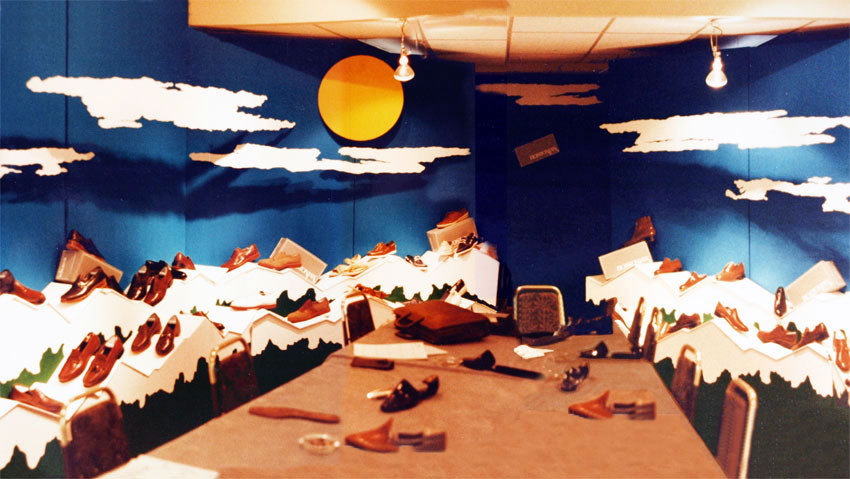 |
| 1981 showroom for Bostonian Shoe at the Dallas Apparel Mart. |
I've got a little history here and then I will jump into why, if you need a spectacular design for an exhibit, trade show booth, or showroom, hiring me makes sense.
 |
|
|
My mobile warehouse containing
|
I started designing showrooms in 1977, when I was 19.
For 7 years handled about 300 showrooms and trade show booths a year. Most of my work was done at the old Dallas Apparel Mart which had more than 6 miles of showroom hallways. The movie Logan's Run was filmed in the vast "Great Hall" of the building's interior. After racking up roughly 2,100 showrooms, I continued doing exhibits and showrooms and trade show booths on a more limited basis in Los Angeles and elsewhere over the next 20 years, adding another 1,000 or so to the list. And since that time, I've handled another 100. So all together, that puts me at a conservative estimate at 3,200 showrooms, trade-show booths and exhibits to date.
I never burned out, but I did get more interested in other forms of marketing and advertising.
I started my display career the previous year in 1976 at The Gap. The display artist in the store where I was working quit, so I asked the manager if I could try my hand at the displays.
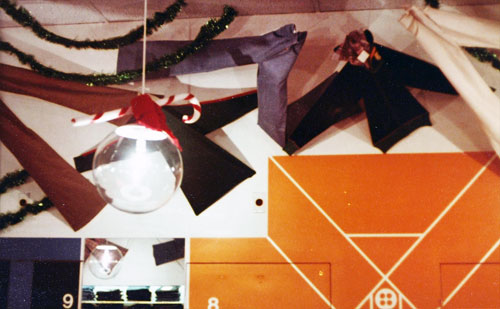 |
|
| The Gap, ValleyView Mall, Dallas, TX 1975. Zeppelin on the radio. Supergraphics on the wall. |
To learn the techniques, I looked closely at how displays were built in store windows. When regional management saw my work, I was hired as the "Southwest Regional Display Manager." I changed out the displays in each of the Dallas Gap stores every two weeks. And I was also free to take on other retail clients which I did.
My best friend's father happened to be a sales rep for the Luxurobe Company and Renley ties. In April 1977, while I was a freshman at SMU, he offered to let me decorate his showroom at the Dallas Apparel Mart.
That entailed rolling out seamless photography paper to hide the stark white walls, doing some yarn art, and several displays and signs. Poor no doubt by today's standards, but back then everyone was remarkably pleased. Russell introduced me to several of his friends in the Mart, and I got my foot in the showroom door.
In 1979, I went on to build permanent showrooms for a number of apparel companies like Candies and Nickels.
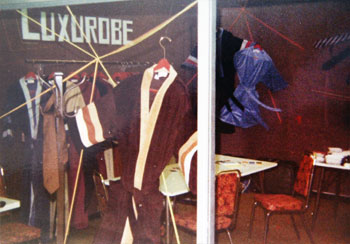 |
|
| My first showroom display. |
In 1984 I wrote a unpublished manual on how to build displays with 275 illustrations. Eventually I will put it on this website to preserve this know-how for future generations. The manual was ground breaking because it revealed a virtually unknown secret of amazing spacial composition. Years later I discovered that artists during the Rennaisance used this same information to create many of their great works of art. The link goes to a short article about it on this site.
Compositional Secrets
The secret had to do with how the position of structural elements can be contrasted in relation to one another. Essentially, any two objects or planes, can be contrasted along all three axes, all at the same time. When I say axes, I mean the same axes navigated in flight. The three axes are (1) front to back, (2) side to side, (3) up and down. In flight, these same axes are called pitch, roll and yaw in case you happen to be a pilot. I'm not.
Take two playing cards as an example. They can be rotated around each axis — separately, along any two, or along all three at the same time. Along all three is when the magic happens. I'm sure someone else besides me understands this point, but I've never heard anyone else even discuss it. Not only does the principle apply to planes, but objects and even spirals can be contrasted in the same way. Spirals additionally flow either clockwise or counter-clockwise, plus they have the motion of moving up or moving down. I'm not expecting you to follow this except in theory. Because I'm not trying to teach you. I'm just trying to express that there is something to know.
In 1993, I designed and built a massive exhibit that took up the entire ballroom of hotel. I came up with a new theory and tried it. It worked. The exhibit was spectacular and generated several million in sales.
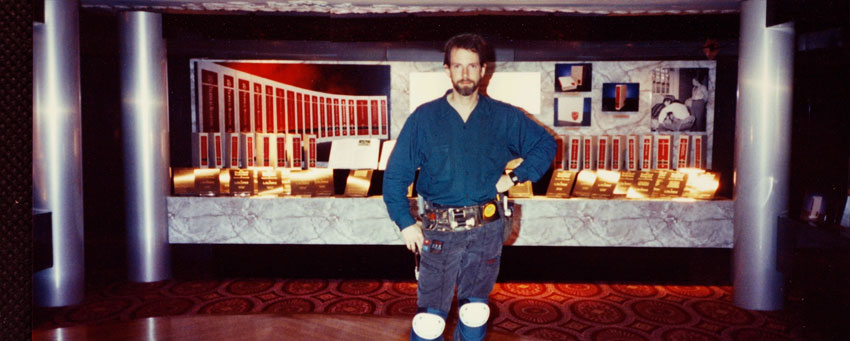 |
| Hours before opening day at a massive exhibit in 1993. This was 1 station out of 24. |
What makes an exhibit spectacular
In displays, I had been working with the contrast of position based on geometric axes. But showrooms and exhibits introduce many additional elements. I realized that if contrast was the key factor that made displays excell, then that same principle could be reinforced. So the question was, how many things can be contrasted? I came up with a surprising list.
Texture, finish, color, light, shadow, shape, material, velocity, motion, state, density, space, temperature, gravity, time and more.
In the photo, which shows only one "station" of a much larger exhibition, you can see some examples. I selected stainless steel cylinders to contrast with massive rectangular marble slabs. The granite was glossy. The cyclinders were a sating finish (actually brushed aluminum). The slabs were stone. The cyclinders were metal. There is contrast in light and shadow. Large photo: smaller photos. And so it went.
This is not a manual. It's simply a little evidence that I have some valuable knowledge. If you need an exhibit or booth or showroom, I can deliver a spectacular product.
